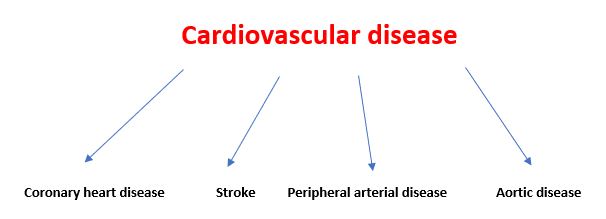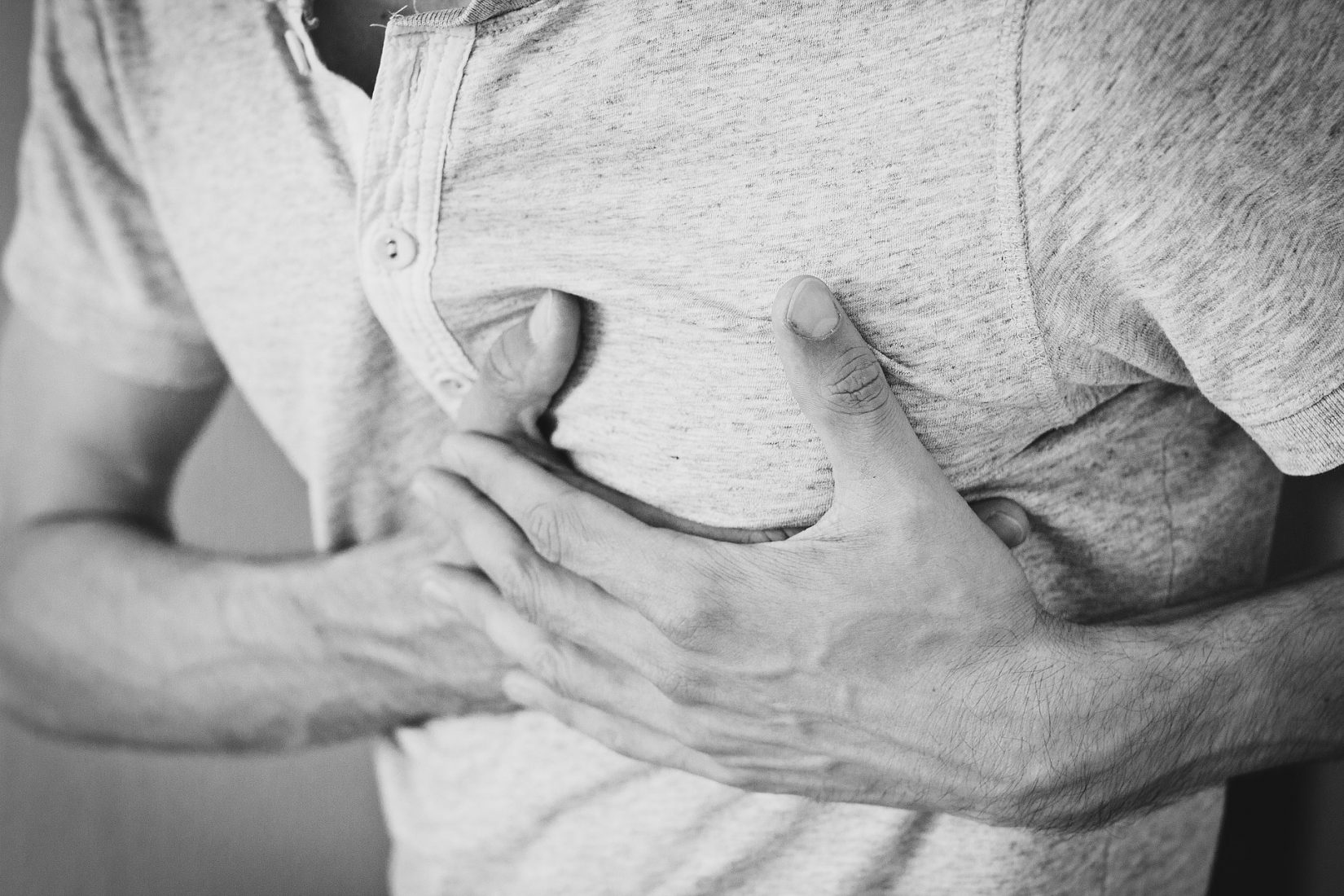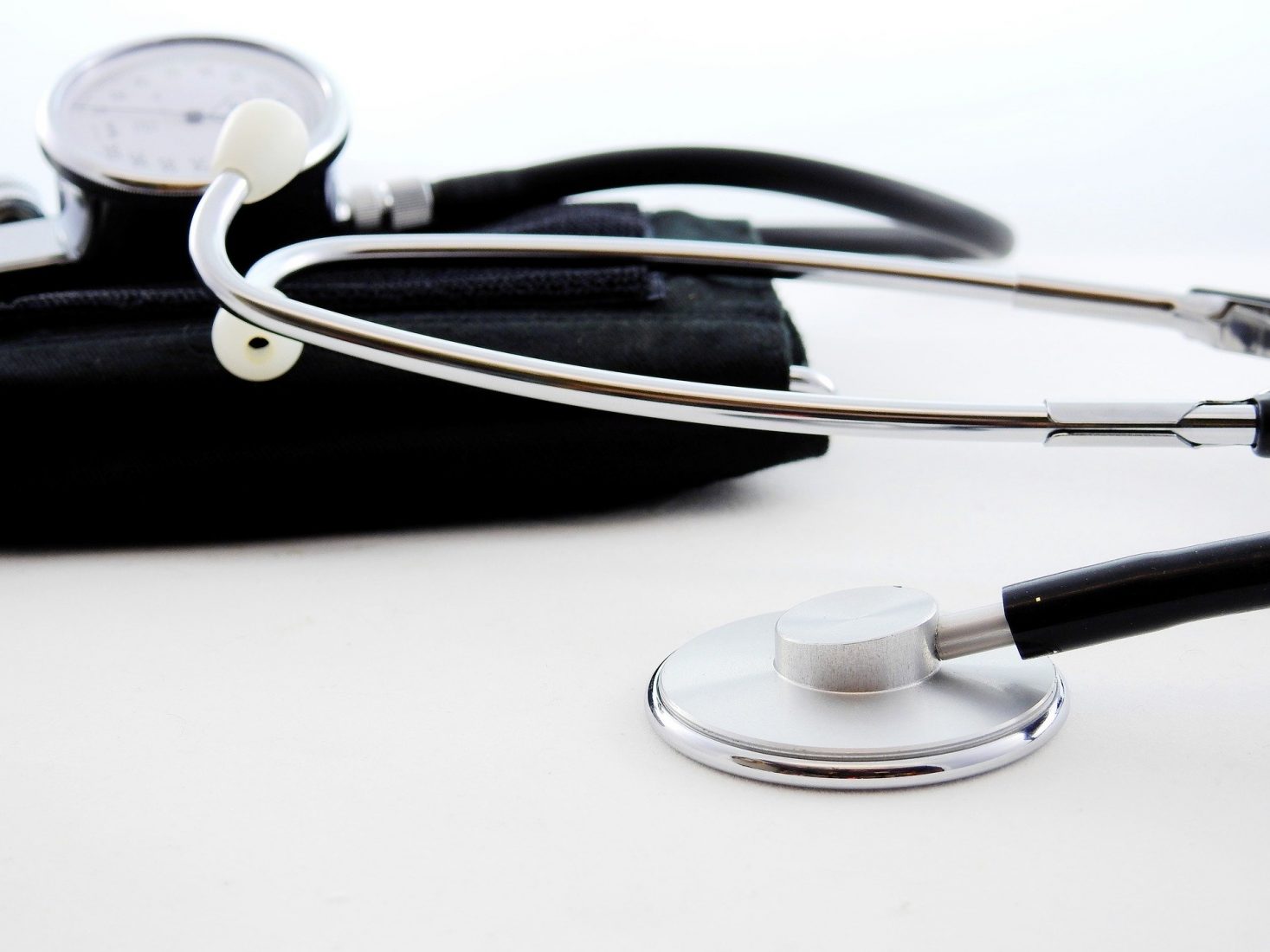
What is cardiovascular disease?
What is cardiovascular disease?
Cardiovascular disease, also known as heart disease or circulatory disease is an umbrella name for conditions that affect your heart or circulatory system. This includes conditions that narrow or block your blood vessels which can lead to heart attacks, angina and some strokes. It also includes conditions which affects your hearts valves or conditions that cause abnormal rhythms.

Coronary heart disease – Narrowing of the coronary arteries
Stroke– Blood supply to brain is cut off
Peripheral arterial disease– build-up of fatty deposits in the arteries restricts blood supply to legs and arms
Aortic disease – When affected by disease, the aorta can split (dissection) or dilate (aneurysm) and in either case, the rupture may have fatal results.
Heart failure- When your heart becomes less effective at pumping blood around your body. Described as acute or chronic. Acute is when symptoms come on suddenly. Chronic is a long-term heart conditions
Arrhythmia- An abnormal heart rhythm
Heart Valve problems
Heart and circulatory diseases cause more than a quarter (27 per cent) of all deaths in the UK; that’s nearly 170,000 deaths each year – an average of 460 people each day or one death every three minutes. Around 44,000 people under the age of 75 in the UK die from heart and circulatory diseases each year.
Causes
In the UK heart and circulatory diseases cause 27% of all deaths. This is nearly 170,000 deaths every year. To put that into a greater perspective this roughly 460 people each day or one death every three minutes. Whilst the exact cause of cardiovascular disease is not always clear there are many risk factors which increase your chance of getting it. So, for example we have the non-modifiable risk factors which are factors you cannot do anything about such as your age, gender, family history and ethnicity. We also the modifiable risk factors which link to things such as your lifestyle in terms of exercise, diet, inactivity and smoking. To find out more about these risk factors visit the risk factors section of the learning centre where I go into more detail about all of these risk factors of cardiovascular disease.
The more of these risk factors you have the more chance you have of developing cardiovascular disease. Although you may not be able to change the risk factors you have there are steps you can take to reduce your risk. Things like smoking cessation, exercising regularly and eating a healthy diet greatly reduce your risk of cardiovascular disease. The more of the lifestyle and behaviour changes you make the more you will reduce your risk of cardiovascular disease. The British Heart Foundation recommend the single best thing you can do to prevent cardiovascular disease is to quit smoking. If you are a non-smoker then a combination of exercising regularly and eating a healthy diet will significantly reduce your chances. In the lifestyle change section of the learning centre I go into more detail about the lifestyle changes you can make.


Symptoms
This is quite a tricky subject, from my experience symptoms of cardiovascular are rarely the same from one person to the next. I have not yet had a client who has had the classic symptoms of a heart attack like you see in films whereby they grab their chest, scream loudly and dramatically fall to the floor. More often than not the symptoms are very mild to the point where it’s been mistaken for indigestion. Now, the British Heart Foundation have outlined 11 symptoms of heart disease. These include:
- Chest Pain
- Feeling sick – combined with chest pain
- Stomach pain
- Feeling sweaty or clammy
- Leg pain – gripping or cramping sensation in calves
- Arm pain – especially left arm or into your neck
- Jaw or back pain
- Choking sensation
- Swollen ankles – especially if your ankles get extremely big and swollen
- Extreme fatigue
- Irregular heart beat
It is important just to be made aware of these. There is one extra one I wanted to add in myself. It’s something I was taught during my qualification and is one I couldn’t forget. ‘A sense of impending doom’. Now, whilst this sounds slightly exaggerated it is also rather accurate. Having spoken to some clients during classes or privately often they’ll say they knew something wasn’t right or that they knew it was something more serious than just some arm pain. My advice is, if you suspect it might be a heart attack or anything heart related you need to get it checked, even if it goes away quickly book an appointment and get it checked. This will help your peace of mind, my peace of mind and also if it was something serious you can start doing something about it early and catch it before it potentially gets worse.
That brings us to the end of the symptoms section, I know that was quite heavy reading, but I wouldn’t have included it if it wasn’t important for you to know. In the cardiac journeys section of the home page some of my clients have shared their own stories of their heart events, including their symptoms. If you would like more information on symptoms visit the cardiac journeys page to for some very interesting reading.


Prevention
I am sure you’ll be able to guess what I am going to say in the prevention section. The most effective way to prevent cardiovascular disease is through smoking cessation, a healthy diet and exercise. In the lifestyle changes section of the academy I go into more detail about all of these. So, I wanted to do something slightly different in this section. Its all well good me telling you to exercise for 150 minutes a week and eat a healthy diet but I actually want to talk a little bit about how to implement these. The fact that regular exercise and a healthy diet prevents heart disease is not exactly a secret and has been around for a long time, yet heart disease is still the biggest killer in the world. Its very easy for guidance to say how much exercise we should be doing or telling us what to eat but actually putting this into practise is something completely different especially for those of us who don’t like exercise.
A good place to start is by hitting 10,000 steps a day. Most phones these days come with step counters or you can invest in some sort of activity tracker which does not have to be expensive. Hitting 10,000 steps a day is not unachievable but will also challenge you and encourage you to be more active throughout the day. You don’t have to go to the gym and walk on a treadmill to achieve this either. Small things such as taking the stairs instead of the lift, walking up escalators instead of standing like a lemon, parking further away from the shop or even walking to the shop. Even something as tiny as putting your kettle further away from your mugs will up your step count each day. Be inventive with it! Make it suit you. I get more satisfaction each day from my Fitbit vibrating and telling me that I’ve achieved my step count than I do from eating an extra custard cream each day (well most days). If you combine these things with a short walk each day you will easily achieve your step count. When your step count is combined with a workout a few times a week you will suddenly be a much more active person than you used to be. It’s that easy. You don’t have to be a gym bunny to be an active person and to achieve your 150 minutes you don’t have to go to the gym or sign up to a spin class. Find something that suits you and stick to it.
With regards to eating a healthier diet. It’s very unrealistic for me to expect you to eat cleanly 24 hours 7 days a week when I don’t even do this myself. It would be a very boring life if we did. A healthy diet is all about balance. I don’t want to repeat too much of what I talk about in the weight loss section but if you are starting a new diet or looking to start one, aim for something that’s achievable but more importantly maintainable.
Too many people I know try to start a crazy diet that involves eating 500 calories a day and starving themselves for the rest of the day thinking that this is the best and quickest way to lose weight. They then wonder why they cannot maintain it and why they are not losing any weight. They also expect to see instant results. While this is just about achievable it is nowhere near maintainable. If you do try to maintain it your energy will be zapped and the feeling of constant tiredness and hunger is not a nice one. Weight loss takes time and does not happen overnight, you cannot expect to eat 500 calories a day for a few weeks and expect it to make you look like a stick figure.
The sad fact is when you up your calories from 500 calories a day you will just put the weight back on. The diet also tends to involve cutting out all the foods you love which also isn’t maintainable. Limiting your calories to a few hundred per day is not the way to go about this. Yes, you must be in a calorie deficit, but I go back to the point about it being maintainable. For it to be maintainable you need to be about 10-15% under your TDEE.
If you do not know what your TDEE is or what a calorie deficit is, visit the weight loss section of the learning centre where I explain them in more detail. But being 10-15% under your TDEE is far more maintainable but also including 10% of your calories as foods you love or cheat foods each day makes it even more achievable. For example, say your target calories is 2000 each day. Having 200 of these as cheat foods each day really helps maintenance but also, I tend to find makes me not want the cheat foods as much. I only want those foods when I know I cannot have them…sound familiar?
Overall, what I want you to take away from this article is to exercise in a way that suits you, be more active each day and that maintenance is one of, if not the most important part of eating a healthy diet.

Should I be worried about this?
The last thing I am trying to do with all this information about cardiovascular disease is scare you. That’s not my aim here. The aim of this section is to make you aware of cardiovascular disease and everything that surrounds it so that you have all the facts in the one place.
The simple answer to ‘should I be worried about this?’ is no, you should not be. You now know what heart disease is, what causes it and what prevents it. So, you are now in a place to be able to think maybe I should be exercising more, maybe it’s time I quit smoking, maybe I should start to clean my diet up a bit. This section might give you the push you’ve been waiting for to start making these lifestyle changes. It doesn’t haven’t to be massive lifestyle changes but slowly implementing them over time in a way that you want to.
At the end of the day, it’s completely up to you what you do with this information or how you interpret the information. I’m not going to be showing up at your front door tomorrow with a stopwatch and a tub full of vegetables saying we’re going for a 5k run and then your eating this.
The beauty of all this information I am giving you is that you can do what you want with it. Truthfully, you probably already know the majority of this information and me telling you to eat perfectly and exercise to your maximum capacity everyday isn’t realistic or even remotely inspiring. The first step is acknowledging whether you may at risk of heart disease and then beginning to think of ways which suit you to start doing something about it.
There isn’t a perfect plan or one plan I can give you and everybody else which will be perfect for you all. Instead I am trying to layout the information out there and encourage you to interpret it and start implementing it however best suits you.
